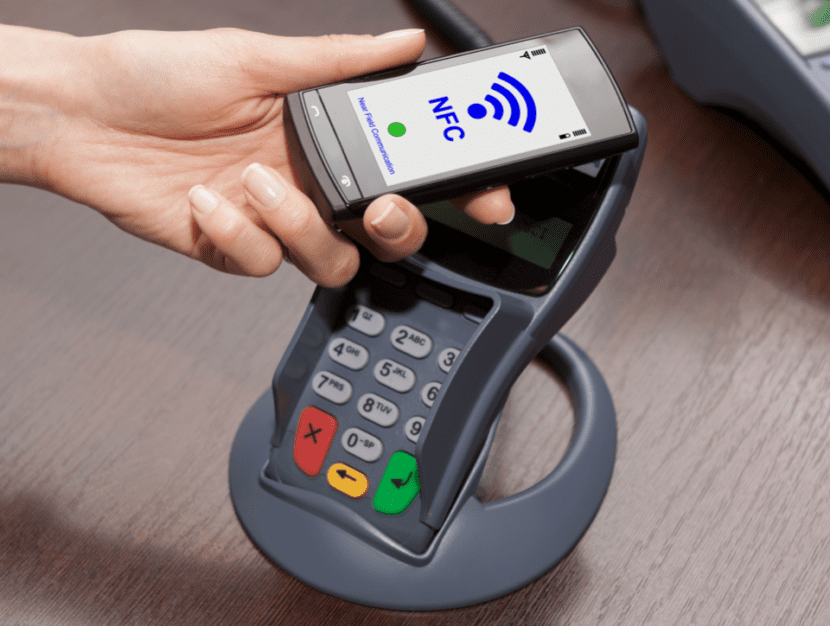
In a nutshell, NFC, which stands for "Near Field Communication", is a wireless data transfer method that detects and enables communication without the need for an Internet connection.
How NFC technology works
Although it seems somewhat complex, in fact this communication technology is quite simple, since it evolves from the "Radio Frequency Identification" technology, allowing an NFC chip to function as a part of a wireless link. Once activated by another chip, small amounts of data between the two devices can be transferred when both are kept within inches of each other.
The interesting thing is that there is no pairing code that is required to link and since chips that work with very low amounts of power are used, it is a much more efficient communication technology compared to Bluetooth and WiFi. At its core, NFC technology works to identify our cards and enabled devices, and by extension our bank accounts and other personal information.
What is NFC technology used for?
There is certainly NFC chips that are embedded inside credit cards for contactless payments, however, its integration into smartphones allows our entire portfolio to be digitized, making it practically unnecessary to carry cash.
Virtually all mobile platforms offer applications with unique NFC functionality, including Google Wallet, that has access to all user funds for payments through mobile, like Samsung Pay, which operates in a similar way.
But in addition to mobile payments, smartphone users, particularly the Android platform, can transfer photos, contacts, addresses, etc., all just by holding both devices close to each other. Many of today's Smartphones already incorporate this technology so that users can make payments directly from their mobile devices.